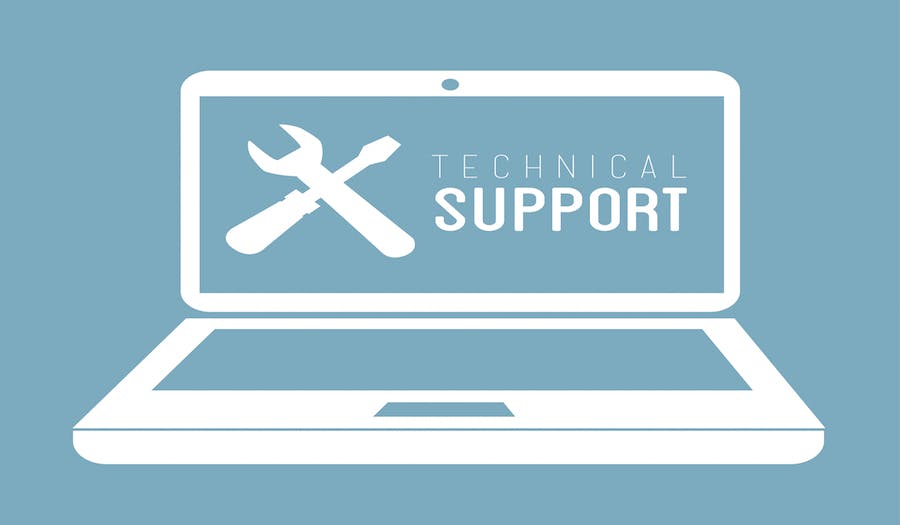As the costs associated with managing a rapidly growing number of IT security threats, dealing with constantly evolving technology, the training and daily management of an in-house IT staff continue to rise, every smart business will begin to search for alternatives.
As is generally the case with outsourcing, the obvious benefit to the company that opts for a managed IT solution is reduced costs versus employing a full time IT staff in house. Beyond that, however, managed IT allows for increased productivity as non-IT staff are free to concentrate on their jobs while secure in the knowledge that IT security is safely in the hands of highly trained specialists who are working around the clock to minimize or eliminate any downtime.
Do you want an IT solution that is specific to your needs?
Every company has their own needs concerning IT solutions — managed services providers know this. Rather than offering you a one-size-fits-all solution that could leave you vulnerable in some areas while over-managed in others, they should spend some time with you getting to know your company. Based on what your business does, how big it is, and the type of data you deal with, the solution you end up could vary.
Take advantage of added services and updated equipment
With a managed IT solution, you will be able to afford new services that you may not have been able to afford when you were paying for a full time IT staff. Additionally, you can have the peace of mind knowing that someone else is making sure that all the software and equipment used are kept up to date and maintained in perfect order at all times.
Don’t automatically opt for the cheapest solution
The old saying that “you get what you pay for” has never been more true. The issue of cost ties in closely with the previous point about getting the solution that is right for your needs. If a managed service provider tries to sell you the cheapest solution because they don’t want you to go with another provider, you need to beware. The cheapest solution may leave you uncovered in critical areas, which would be just as bad as having no IT management at all.
A cheaper provider has to cut costs in order to give you the great deal. One area that could suffer is customer service. If you have a problem, how quickly will they be able to respond? How knowledgeable is the staff? How old is the equipment and software they are using?
Get clear on who is responsible for what
Be sure that your service provider spells out clearly in writing what their responsibilities are. You need to know this in case it turns out that you will still be responsible for certain things. You don’t want to find out after a problem occurs that it could have been prevented if only you had known that your team was supposed to be performing a certain procedure all along. There’s nothing worse than thinking you are covered and then in the middle of a crisis discovering that you’re not.
Do a little homework
Before you make your final decision, look around online a little to find out more about the company’s reputation with customers. There are several sites you can visit that allow users to rate managed service providers. These can offer a lot of insight into what the company is really like after the paperwork has been signed and money exchanges hands.
You don’t want to find out later that your chosen provider has a bad reputation for poor customer service, or that they have frequent billing errors.
About the author:
Marleen Anderson is an experienced digital marketer working at Saxons IT Solutions, providing IT support for businesses.

